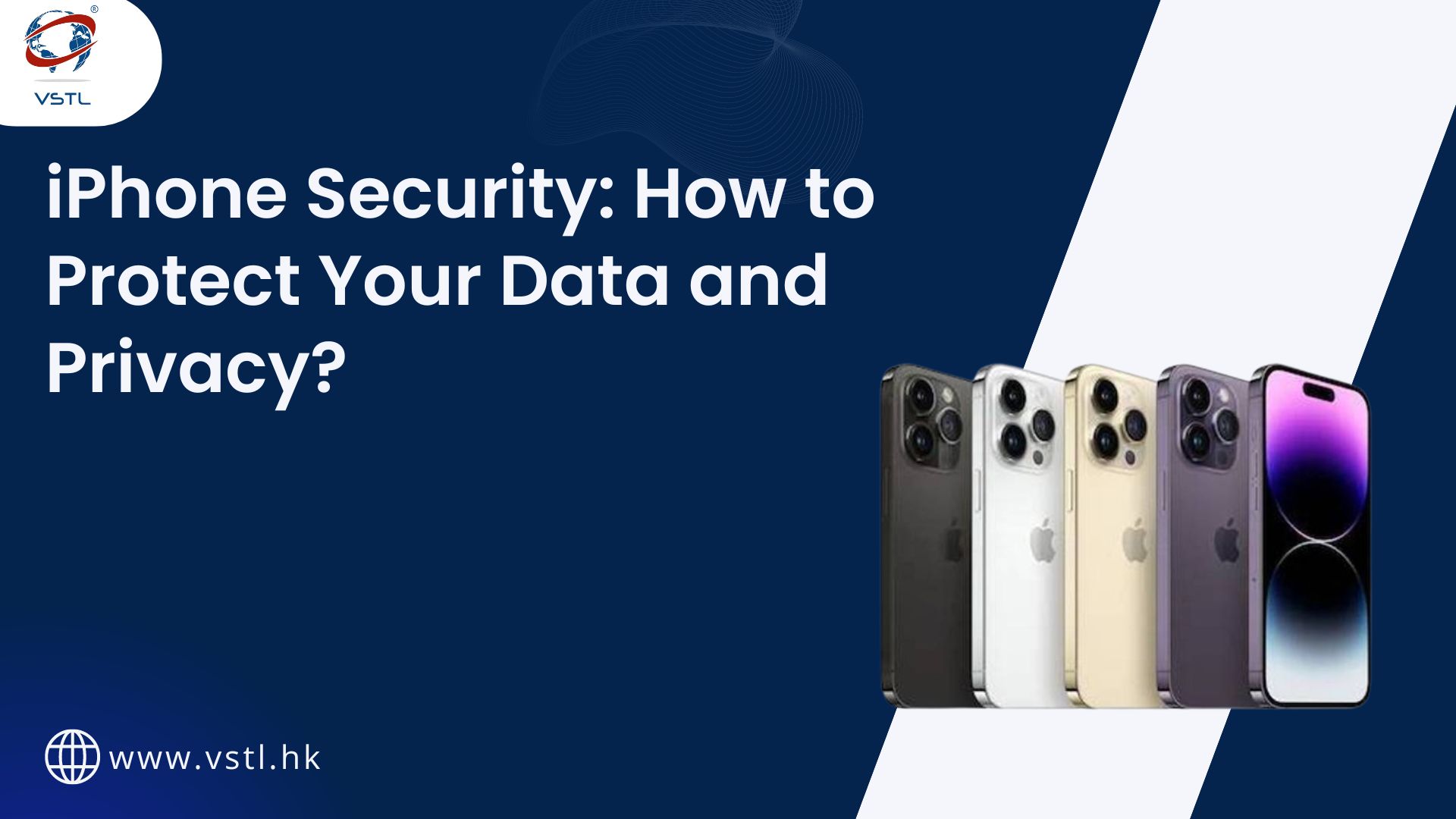
In today’s digital age, our smartphones are more than just communication devices. They are repositories of our personal information, financial data, and intimate moments. Among these devices, the iPhone stands out for its robust security features. However, to maximize your iPhone’s security and protect your data and privacy, it’s essential to understand and utilize these features effectively. This guide will walk you through the steps to ensure your iPhone is as secure as possible.
1. Set a Strong Passcode
The first line of defense for your iPhone is your passcode. While it’s easy to opt for a simple 4-digit code, a more complex alphanumeric passcode is significantly more secure.
How to Set a Strong Passcode:
- Go to Settings.
- Tap Face ID & Passcode (or Touch ID & Passcode on older models).
- Enter your current passcode.
- Tap Change Passcode.
- Select Passcode Options and choose a custom alphanumeric code.
A strong passcode makes it much harder for unauthorized users to access your device.
2. Enable Face ID or Touch ID
Face ID and Touch ID add an extra layer of security, ensuring only you can unlock your device. These biometric security measures are difficult to spoof and provide a convenient way to access your iPhone.
How to Enable Face ID or Touch ID:
- Go to Settings.
- Tap Face ID & Passcode or Touch ID & Passcode.
- Follow the on-screen instructions to set up Face ID or Touch ID.
Using these features not only enhances security but also simplifies unlocking your device and authorizing purchases.
3. Use Two-Factor Authentication for Your Apple ID
Two-factor authentication (2FA) adds an extra layer of protection to your Apple ID. Even if someone gets hold of your password, they won’t be able to access your account without the second form of authentication.
How to Enable Two-Factor Authentication:
- Go to Settings.
- Tap your name at the top of the screen.
- Select Password & Security.
- Tap Turn On Two-Factor Authentication and follow the instructions.
With 2FA enabled, you’ll receive a verification code on a trusted device whenever you sign in with your Apple ID on a new device.
4. Keep Your iOS Updated
Apple frequently releases iOS updates that include security patches for vulnerabilities. Keeping your iPhone updated ensures you have the latest protections against threats.
How to Update iOS:
- Go to Settings.
- Tap General.
- Select Software Update.
- Tap Download and Install if an update is available.
Regularly checking for updates and installing them promptly is a simple but crucial step in maintaining your iPhone’s security.
5. Use Find My iPhone
Find My iPhone is an essential tool for locating your device if it’s lost or stolen. It also allows you to remotely lock or erase your iPhone to protect your data.
How to Enable Find My iPhone:
- Go to Settings.
- Tap your name at the top of the screen.
- Select Find My.
- Tap Find My iPhone and toggle it on.
In case of loss, you can use another Apple device or log in to iCloud.com to locate, lock, or erase your iPhone.
6. Manage App Permissions
Apps often request access to various data and features on your iPhone. It’s crucial to review these permissions and limit access to only what’s necessary.
How to Manage App Permissions:
- Go to Settings.
- Scroll down and tap Privacy.
- Select a category (e.g., Location Services, Contacts, Camera) to see which apps have access.
- Tap an app to adjust its permissions.
Regularly reviewing app permissions helps ensure that apps aren’t accessing more information than they need.
7. Enable Automatic App Updates
Keeping your apps updated is as important as updating your iOS. App updates often include security improvements and bug fixes.
How to Enable Automatic App Updates:
- Go to Settings.
- Tap App Store.
- Toggle on App Updates.
Automatic updates ensure that your apps are always running the latest and most secure versions.
8. Use a VPN for Secure Internet Browsing
A Virtual Private Network (VPN) encrypts your internet connection, protecting your data from prying eyes, especially when using public Wi-Fi.
How to Set Up a VPN:
- Download a reputable VPN app from the App Store.
- Open the app and follow the setup instructions.
- Enable the VPN when browsing the internet.
Using a VPN is a smart way to enhance your online privacy and security.
9. Be Wary of Phishing Attempts
Phishing scams attempt to trick you into giving away personal information. They can come in the form of emails, text messages, or even phone calls.
Tips to Avoid Phishing Scams:
- Never click on suspicious links or download attachments from unknown sources.
- Verify the sender’s email address or phone number.
- Be cautious of unsolicited messages asking for personal information.
Awareness and vigilance are key to protecting yourself from phishing attacks.
10. Secure Your iCloud Account
Your iCloud account stores a wealth of personal data. Ensuring it’s secure is paramount to protecting your information.
How to Secure Your iCloud Account:
- Enable two-factor authentication for your Apple ID.
- Use a strong, unique password.
- Regularly review the devices that are signed in to your iCloud account (go to Settings, tap your name, and select Devices).
A secure iCloud account safeguards your data across all your Apple devices.
11. Disable Lock Screen Notifications
Lock screen notifications can reveal sensitive information even when your iPhone is locked. Disabling or limiting them can prevent unauthorized access to your data.
How to Disable Lock Screen Notifications:
- Go to Settings.
- Tap Notifications.
- Select an app and toggle off Show on Lock Screen.
You can customize which apps can show notifications on the lock screen to balance convenience and privacy.
12. Use Secure Messaging Apps
While iMessage is encrypted, you may want to use additional secure messaging apps for sensitive communications.
Recommended Secure Messaging Apps:
- Signal: Known for its strong encryption and privacy features.
- WhatsApp: Offers end-to-end encryption for all messages and calls.
Using secure messaging apps ensures your communications remain private.
13. Regularly Back Up Your Data
Regular backups protect your data in case your iPhone is lost, stolen, or damaged. You can back up your data using iCloud or iTunes.
How to Back Up Using iCloud:
- Go to Settings.
- Tap your name at the top of the screen.
- Select iCloud.
- Tap iCloud Backup and toggle it on.
How to Back Up Using iTunes:
- Connect your iPhone to your computer.
- Open iTunes and select your device.
- Click Back Up Now.
Regular backups ensure you can restore your data if something goes wrong.
14. Review and Limit Ad Tracking
Ad tracking collects data about your online behavior to serve targeted ads. Limiting this can enhance your privacy.
How to Limit Ad Tracking:
- Go to Settings.
- Tap Privacy.
- Select Tracking.
- Toggle off Allow Apps to Request to Track.
Additionally, you can reset your advertising identifier to clear data associated with it.
15. Educate Yourself and Stay Informed
Staying informed about the latest security threats and updates is crucial. Follow reputable sources and educate yourself on best practices.
Recommended Resources:
- Apple’s official support pages: Regularly updated with the latest security information.
- Tech news websites: Sites like TechCrunch, Wired, and The Verge often report on new security threats and tips.
Being proactive about your security knowledge helps you stay ahead of potential threats.
Conclusion
Securing your iPhone and protecting your data and privacy is an ongoing process. By following these steps and staying vigilant, you can significantly reduce the risk of unauthorized access and keep your personal information safe. Remember, your iPhone’s security is only as strong as the measures you take to protect it. Stay informed, stay updated, and stay secure.
